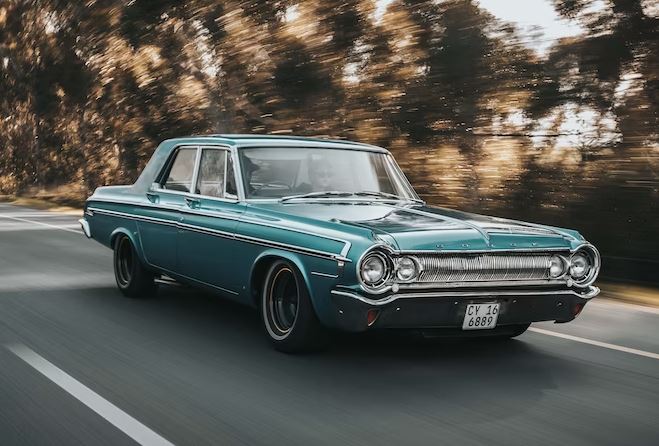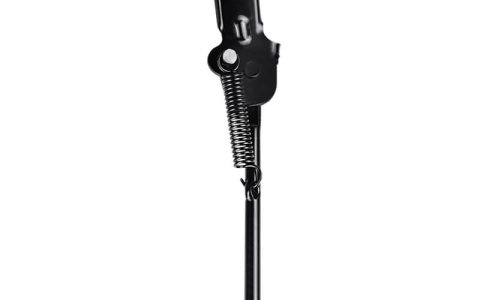
The sight of an illuminated oil light on your dashboard can send shivers down any driver’s spine. It’s a crucial warning sign that something is amiss with your car’s lubrication system, and ignoring it could lead to significant problems. But how serious is it, and is it ever okay to drive with the oil light on? Find out in this comprehensive guide, brought to you by Adelaide Auto Wreckers.
Understanding the Oil Light:
Your car’s engine is a complex network of moving parts. To function properly and avoid excessive wear and tear, these parts require a constant film of oil for lubrication and cooling. The oil light acts as a sentinel, alerting you when there’s an issue with the oil system, potentially indicating:
Low Oil Level:
This is the most common reason for the oil light coming on. When oil levels are insufficient, proper lubrication becomes compromised, increasing friction and raising engine temperature.
Low Oil Pressure:
Even if the oil level seems adequate, a lack of pressure can still be problematic. This could be due to a faulty oil pump, clogged filter, or other internal issues.
Dirty or Degraded Oil:
Over time, oil breaks down and loses its lubricating properties. If you haven’t had your oil changed in a while, the light might illuminate as a reminder.
Why Driving with the Oil Light On is Dangerous:
Ignoring the oil light is akin to ignoring a red flag waving in front of your car. The consequences of continued driving can be severe:
Engine Seizure:
Without proper lubrication, metal components will grind against each other, causing excessive heat and friction. This can lead to complete engine failure, leaving you stranded and facing expensive repairs.
Increased Wear and Tear:
Even if the engine doesn’t seize, vital components like pistons, bearings, and camshafts will experience accelerated wear, shortening the lifespan of your engine.
Safety Risks:
Engine failure while driving can be extremely dangerous, potentially causing an accident.
What to Do When the Oil Light Comes On:
Here’s how to react responsibly when the oil light illuminates:
Pull Over Safely:
As soon as you see the light, prioritize your safety. Find a safe location to pull over, turn off the engine, and engage your parking brake.
Check the Oil Level:
Locate your car’s dipstick and consult your owner’s manual for proper usage instructions. If the oil level is low, adding the recommended oil can be a temporary solution, but remember, this doesn’t address the underlying cause.
Seek Professional Help:
Regardless of the oil level, it’s crucial to have your car inspected by a qualified mechanic as soon as possible. They can diagnose the root cause of the oil light issue and recommend the appropriate repairs.
Preventing Oil Light Issues:
Here are some proactive steps to prevent oil light troubles:
Regular Oil Changes:
Maintaining consistent oil changes, as recommended in your owner’s manual, ensures your engine has fresh, clean oil for optimal performance.
Oil Level Checks:
Regularly check your oil level using the dipstick. This allows you to catch any potential issues early on and avoid the risks associated with low oil.
Listen to Your Car:
Unusual engine noises or vibrations can also be signs of lubrication problems. Be attentive to your car’s behavior and consult a mechanic if anything seems off.
By understanding the significance of the oil light and taking appropriate action when it illuminates, you can safeguard your car’s engine and prevent costly repairs. Remember, regular maintenance is key to a healthy and reliable vehicle.
Read More: Home
FAQ’s
- What does the oil light indicate?
- The oil light typically signals low oil pressure, crucial for engine lubrication and performance.
- Is it safe to drive when the oil light is on?
- No, it’s risky. Continuing to drive can lead to severe engine damage or even failure.
- What should I do if the oil light comes on while driving?
- Immediately pull over, turn off the engine, and check oil levels. Add oil if low or seek professional help.
- Can driving with the oil light on cause permanent damage?
- Yes, prolonged driving with the oil light on can result in irreversible engine damage.
- How frequently should I check my oil to prevent the oil light from coming on?
- Regularly check oil levels according to your vehicle’s maintenance schedule, at least once a month.
- Can the oil light come on due to other reasons besides low oil?
- Yes, issues with oil pressure, a faulty sensor, or oil viscosity can trigger the oil light.
- Should I immediately stop driving if the oil light flickers briefly?
- Yes, any indication of low oil pressure warrants immediate attention to prevent damage.
- Is it okay to add oil and continue driving if the oil light turns off?
- Temporarily, yes. However, it’s essential to investigate the cause and ensure proper oil levels before further driving.



